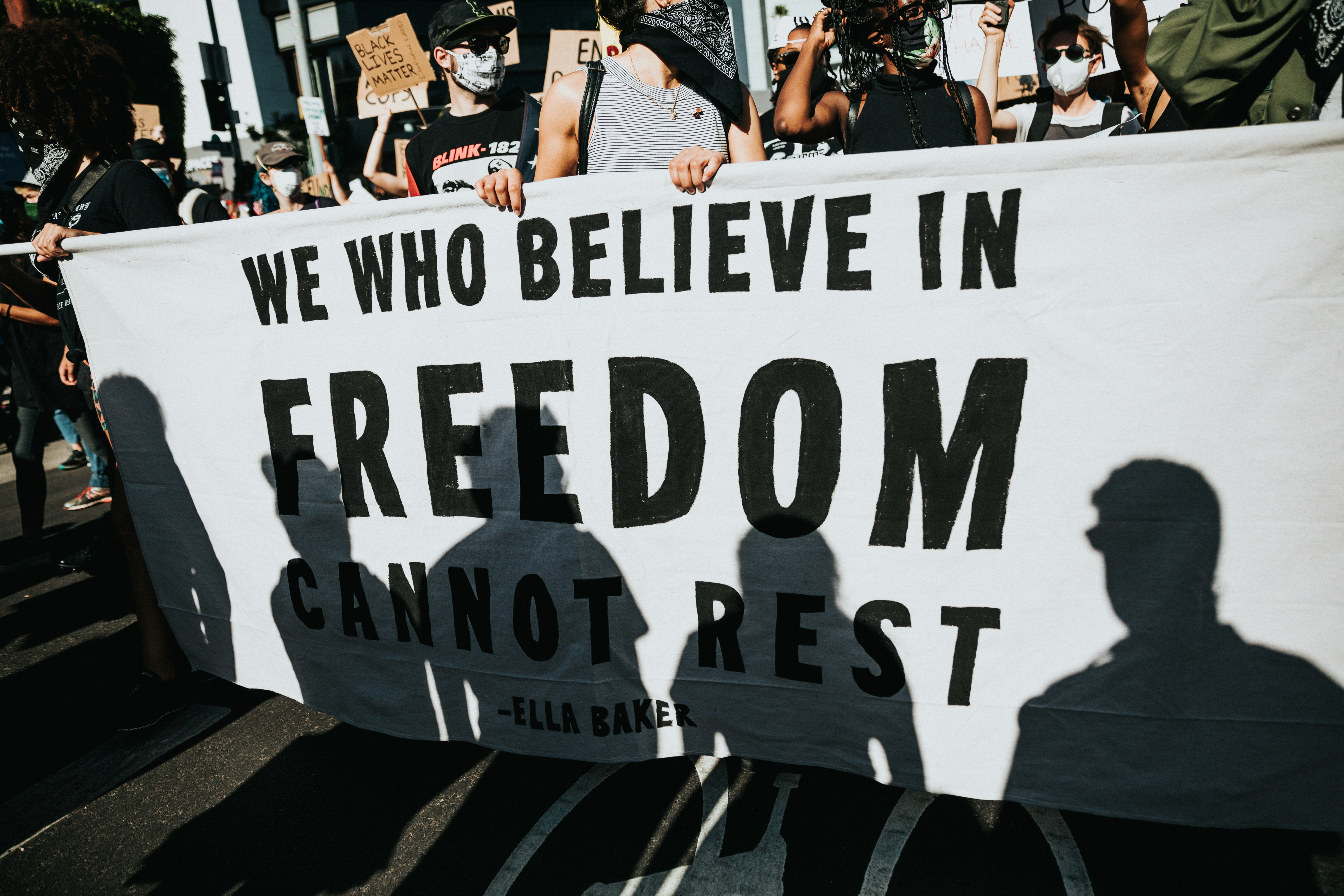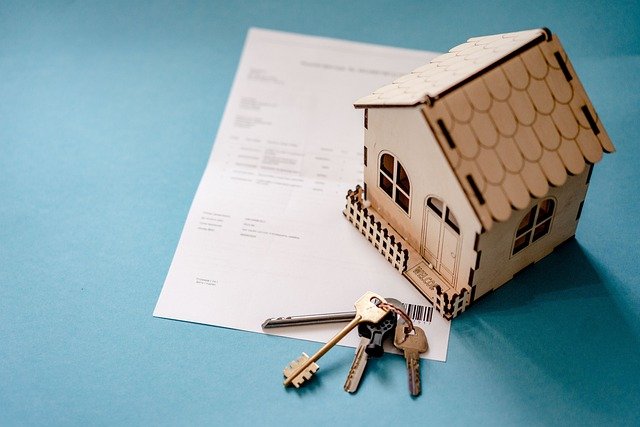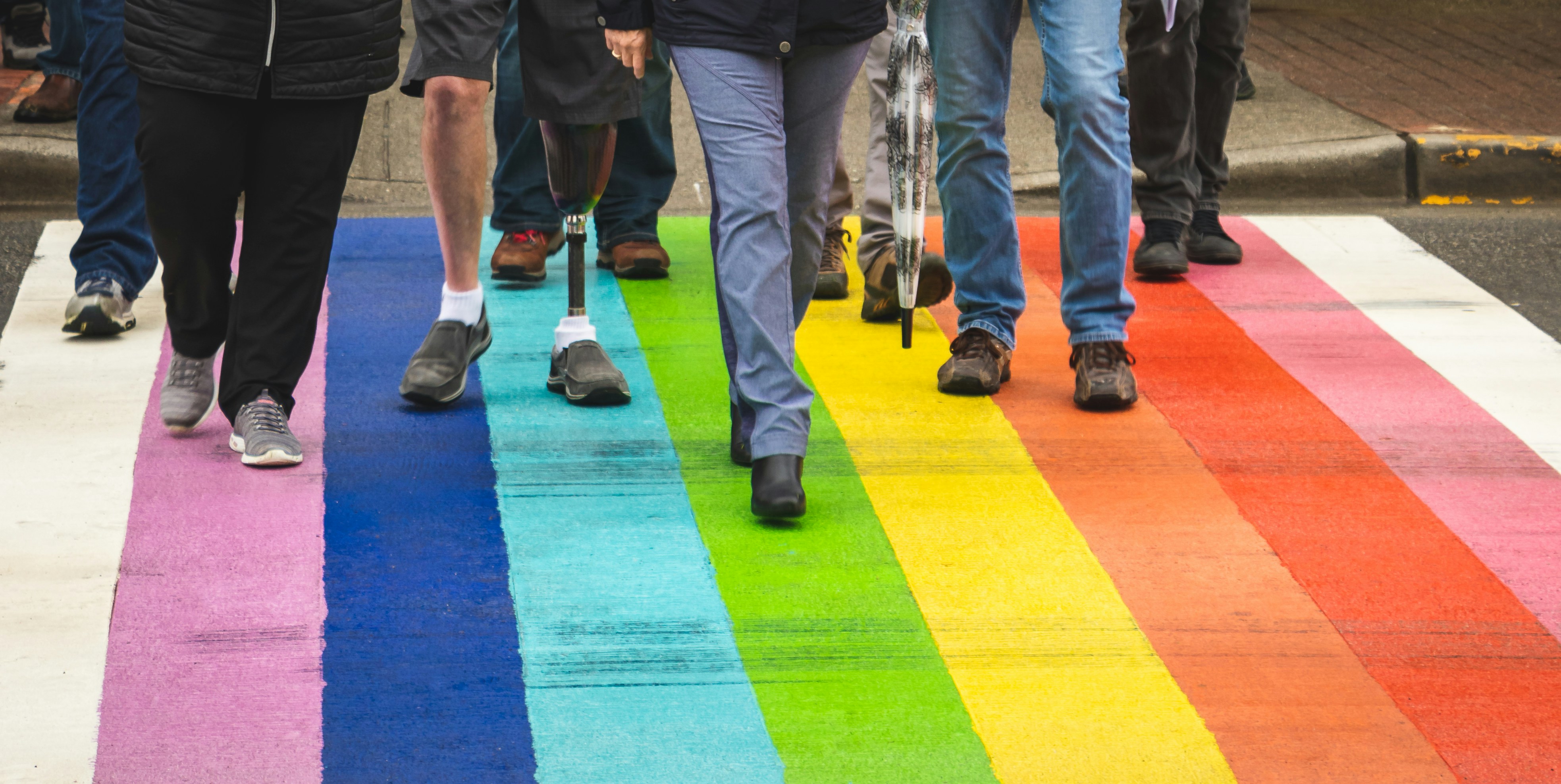The Emergence of Slow Movement and Its Influences on Our Fast-Paced World
From the hustle and bustle of the city to the constant bombardment of digital information, our modern world is characterized by speed. However, amidst this rapid pace, a new cultural trend is emerging—The Slow Movement. With roots in the Slow Food Movement of the 1980s, this growing phenomenon promotes a cultural shift towards slowing down life's pace.

The Historical Context: The Birth of Slow Movement
The Slow Movement began in Rome in 1986 as a reaction to the opening of a McDonald’s near the iconic Spanish Steps. This epitomized the encroachment of fast food culture and the erosion of local traditions in Italy. Carlo Petrini, a passionate advocate for local cuisine and slower lifestyle, saw this as a threat and started the Slow Food Movement, which later gave birth to the broader Slow Movement.
The Present Scenario: Beyond Food
Today, the Slow Movement extends far beyond food. It has permeated various aspects of society, including slow living, slow travel, slow fashion, and even slow technology. The philosophy emphasizes mindfulness, sustainability, and the quality of experience. It encourages individuals to take a step back, reflect, and enjoy life’s simple pleasures, acting as an antidote to our fast-paced, consumerist society.
Slow Movement: Shaping Modern Society
The Slow Movement is not just a cultural trend; it’s a societal shift, reshaping our modern world. Studies suggest that embracing a slower pace can lead to improved mental health, stronger community bonds, and a more sustainable lifestyle.
For instance, slow fashion advocates for ethical and sustainable clothing production, challenging the fast-fashion industry’s detrimental environmental and social impacts. Similarly, slow technology promotes the design of digital tools that encourage mindfulness and human connection, contradicting our screen-dominated lives.
The Research-Backed Insights
Research supports the Slow Movement’s benefits. Studies have found that a slower pace of life can reduce stress and increase happiness. Moreover, by focusing on sustainable practices, it can contribute to addressing our fight against environmental degradation.
Balancing Depth & Accessibility: The Slow Movement in Everyday Life
The Slow Movement does not necessarily mean doing everything at a snail’s pace. Instead, it’s about finding the right speed to experience life more fully. Embracing the Slow Movement can be as simple as enjoying a home-cooked meal, taking a leisurely walk in the park, or unplugging from digital devices for a while.
In conclusion, the Slow Movement is a powerful response to the frantic pace of our modern world. As we continue to grapple with the challenges of our fast-paced society, this movement offers a timely reminder of the value of slowing down.





